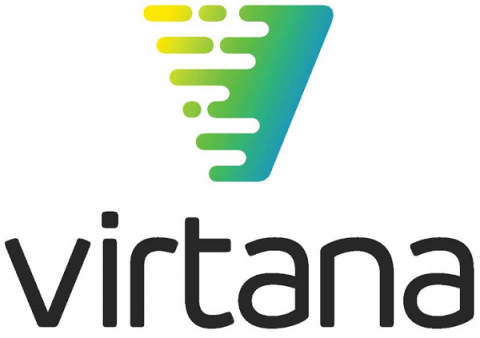The Cost of Going Before You Know
Like many things in life, when you’re new to the cloud you don’t know what you don’t know. Given that migrating workloads to the public cloud is often a key component of a business transformation initiative, you want to avoid a long, expensive learning curve—especially since accelerating time-to-value is often a major impetus for the move.


